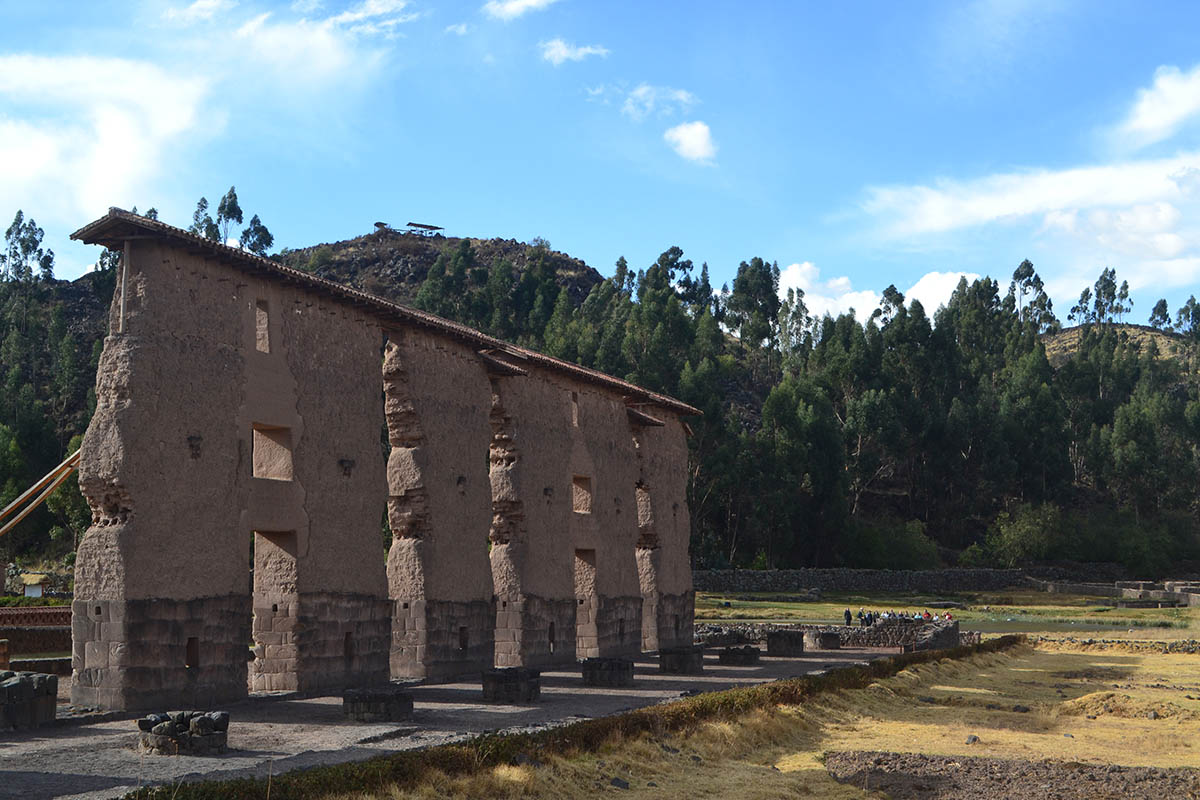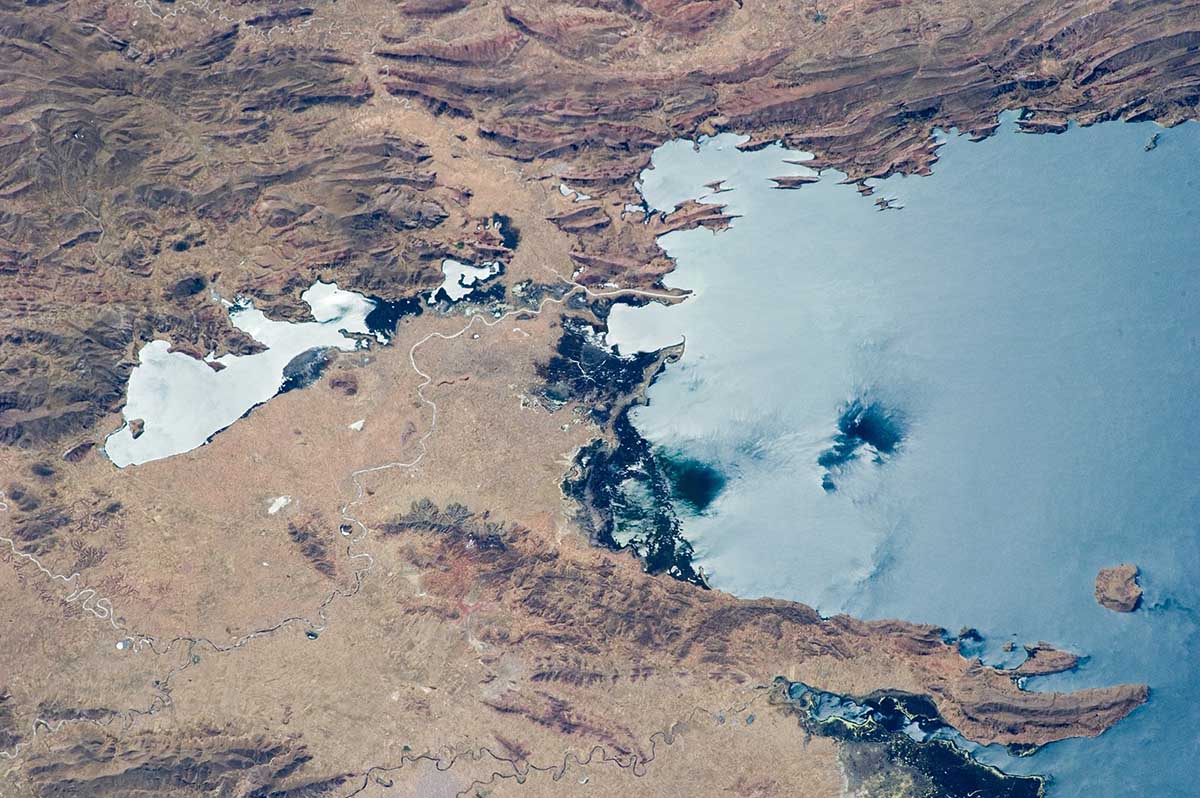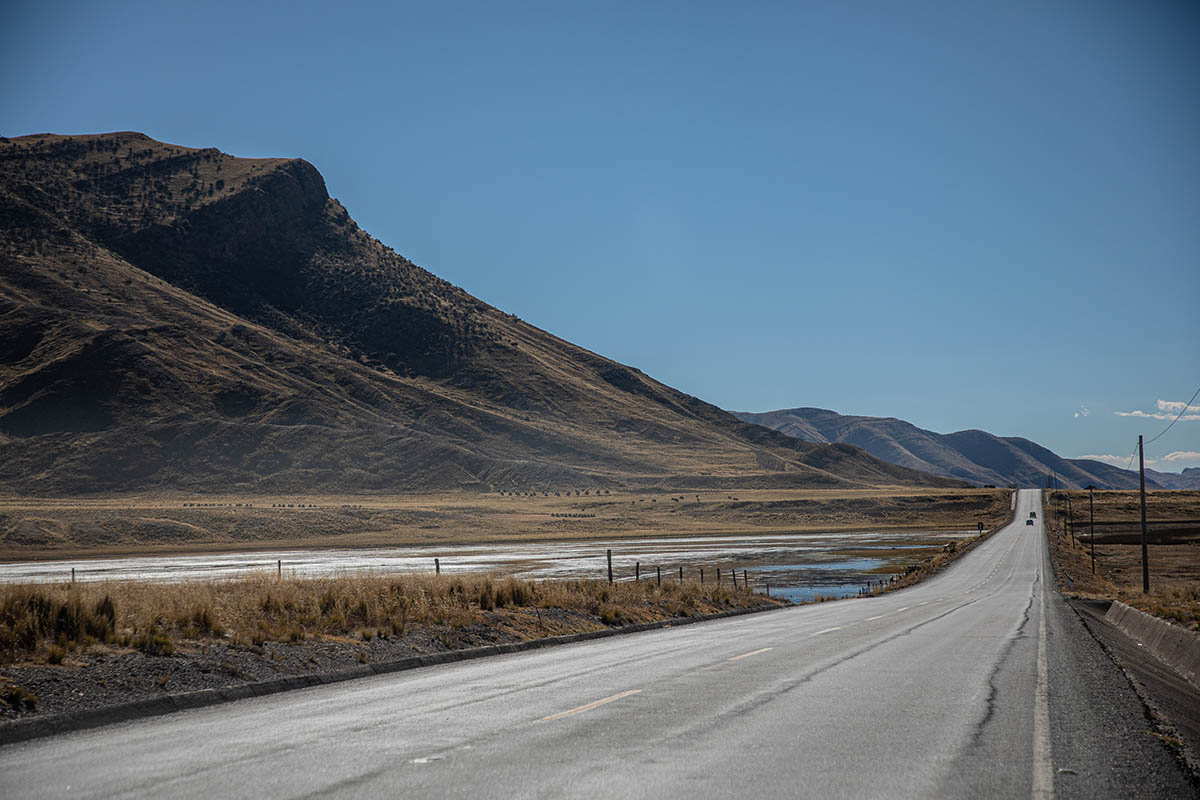 Lake Titicaca. Photo by Peru for Less.
Lake Titicaca. Photo by Peru for Less.A visit to the beautiful Lake Titicaca, one of the main destinations in Southern Peru and Bolivia, is easily accessible with culture soaked Cusco before or after your Machu Picchu adventure . As a matter of fact, there are four main ways to travel from Cusco to Lake Titicaca, or in the opposite direction, from Lake Titicaca to Cusco.
The lake itself is the largest in South America and is the highest navigable body of water in the world. Nevertheless, what makes the lake so unique are the people and cultures living on its islands. For instance, the amazingly crafted Uros Islands have been built out of locally grown reed following a process that has been passed down for generations among the Uros people. The distinct textiles and traditional folk dances found on Taquile Island are also one-of-a-kind.
The lake is easily accessible, with four primary transport options connecting Cusco to Puno, the principle city in the area. Explore below how to get to Lake Titicaca from Cusco by:
The bus ride from Cusco to Lake Titicaca takes between 8 and 9 hours, making various stops along the way at archaeological sites, lookout points, rest stops and a restaurant.
Tourists traveling on the bus from Cusco to Puno will enjoy bilingual, guided stops at the following locations along the route:

Raqchi. Photo by Alejandra Izquierdo from Peru for Less.
The train from Cusco to Lake Titicaca is longer than the bus ride, lasting just over 10 hours. While the bus features first class accommodations for a vehicle of its variety, the first class accommodations on the train are significantly more opulent with lounge-chair seating, fine china and silverware used for first-rate, delicious meals. The train makes no stops, but there is a separate lookout-car where guests can leisurely enjoy the scenery of the Peruvian highlands.
Lake Titicaca Tours:
*The Peru Rail Titicaca Train from Cusco to Puno departs every Wednesday, Friday, and Sunday while the return train from Puno to Cusco departs every Monday, Thursday, and Saturday.
To travel from Cusco to Lake Titicaca by plane, you can catch an hour long flight to the Juliaca airport. Our favorite hotels in Puno are located just over one hour from the airport by car. There are one or two direct flights departing Cusco daily, depending on the season. These flights arrive to Juliaca in the late morning or early afternoon, rather than in the evening like the other options.

Aerial view of Lake Titicaca. Photo by NASA on Wikimedia Commons.
The fourth option to reach Lake Titicaca from Cusco is by a private transfer. This direct route lasts between 6 and 7 hours.

Open road in the highlands. Photo by Cesar Carlevarino Aragon on Unsplash .
Above all, the mode of transport you choose depends on your personal preference and budget. There are spectacular views on the overland route, especially as you approach Lake Titicaca , but flying may be the best fit for you. Reach out to your personal travel advisor to discuss these options further!
Plan your own Peru tour. Call and chat with one of our expert travel advisors.



Email: [email protected]
Sign up to receive our newsletter for great articles, stunning photos, and special deals.